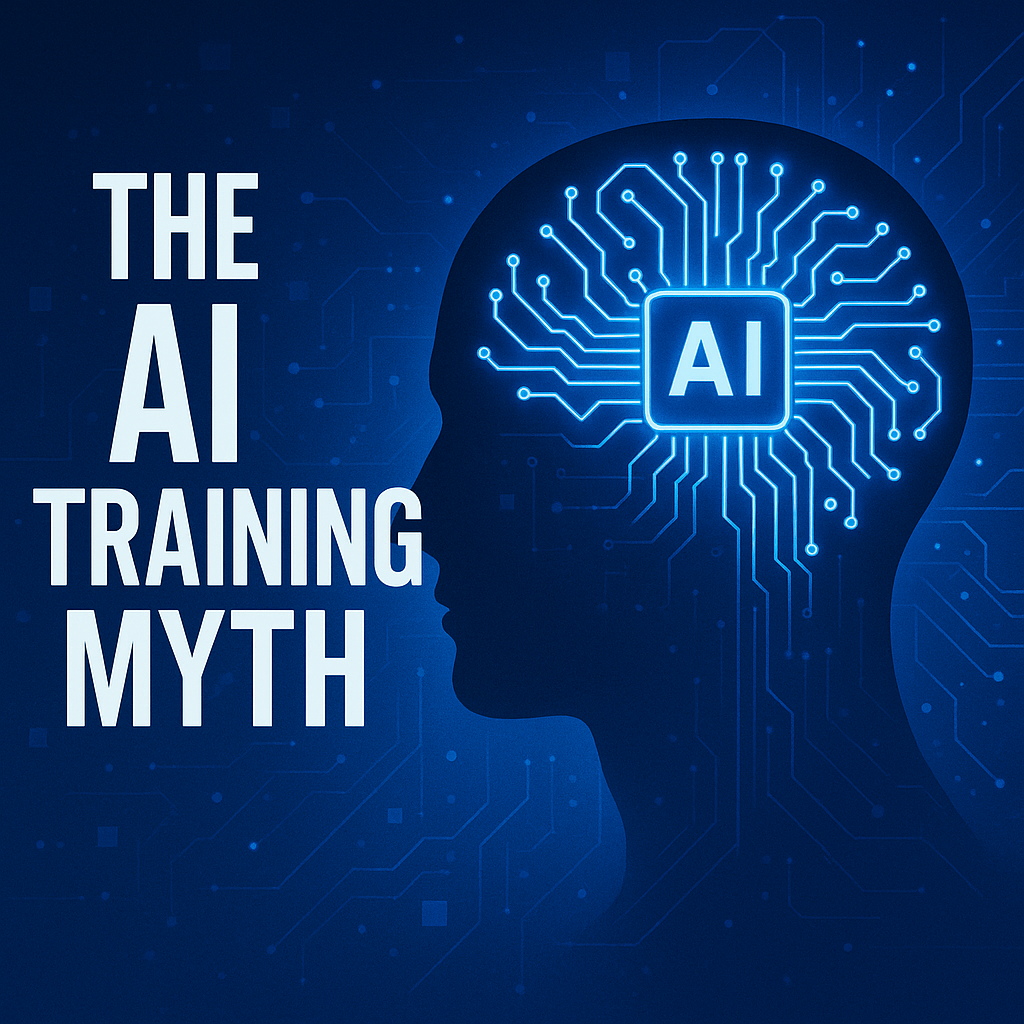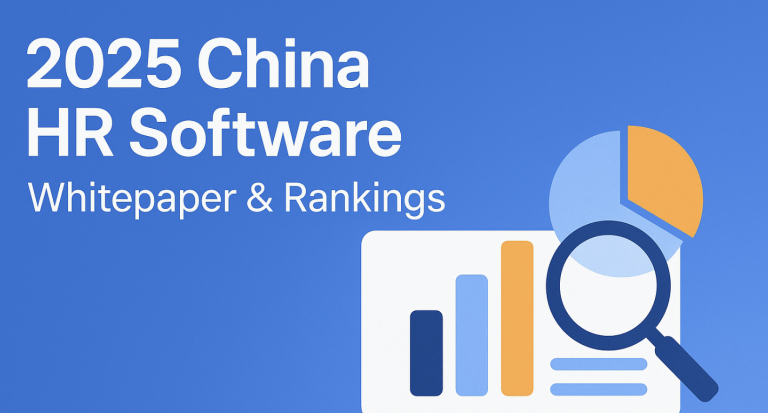Behind the flashy brochures and lofty promises, corporate training is becoming a hunting ground for AI hype—where employees are left with illusionary growth curves and very real financial losses.
“Become a Top Salesperson in Two Weeks!”
This was the headline of a national AI-based sales coaching system launched by a well-known sports brand across 1,000+ stores earlier this year. Three months later, regional manager Wang Lei looked at disappointing sales reports and chuckled bitterly: “Our sales associates mastered how to get a high AI score, but froze when actual customers started asking questions.”
After spending millions on “intelligent training,” the company saw a 28% improvement in mock exam pass rates—accompanied by a 15% drop in actual sales conversion rates.
This isn’t an isolated case. It’s a pattern unfolding across countless organizations. When a SaaS vendor promises at an investor event that its AI coach can “cut training costs by 35%,” no one questions: are we cutting costs or cutting value? Are we shortening training time—or shortening careers?

01. The Illusion of AI Training: Three Grand Lies
The so-called AI revolution in corporate training began like a fairy tale. In this story, technology effortlessly solves every pain point—cost, efficiency, personalization—with a single click.
Lie #1: Faked Outcomes with Data Trickery
Vendors love the “single metric magic” trick. One platform claimed its AI trainer “boosted training efficiency by 32%.” In fine print? It merely referred to shorter training hours, not actual performance. Another example: a bank proudly announced a 50% cut in onboarding time—yet quietly ignored the 20% rise in customer complaints that followed.
Even more cunning is “scenario masking.” A vendor’s AI coaching success story at a sports retail chain conveniently left out a key variable: the pilot coincided with an NBA star’s China tour, which temporarily spiked store traffic by 40%. This “riding the wave” effect is now an industry norm.
Lie #2: Hidden Costs Beneath the Surface
A “cost-saving” AI boot camp priced at $700 per employee may sound attractive—but as HR Director Li Fang of a manufacturing firm calculated, hidden costs abound. IT had to spend 300 hours reworking workflows; employees needed weeks to adjust to AI-based dialogues; and ongoing maintenance costs ran up to 20% of the purchase price annually. “We appeared to save on training, but paid three times more elsewhere,” she noted.
Global benchmarking makes the contrast starker. Chinese companies that spend more than 5% of their labor budget on training see ROI of only 2–3%, compared to 20% in international best practices. SaaS vendors deliberately blur the line between budget cuts and performance gains.
Lie #3: Manufactured Demand Through Fear Marketing
Vendor pitches often revolve around the mantra: “Traditional training is dead.” At one product launch, a host asked dramatically, “Can you afford to wait three months for new hires to ramp up?”—implying that their AI tool could cut that down to two weeks.
In reality, a commercial bank tested this claim: while AI accelerated basic product memorization by 20%, it increased time spent on high-level skills like portfolio management by 30%. AI still struggles to simulate human judgment and nuance.
02. The Capital Game: SaaS Vendors’ Triple Play
With AI hype acting as fuel, the AI training space has morphed into a competition of fundraising power, not service capability.
1. Storytelling Over Substance
One public company’s investor pitch claimed its AI coach reduced training costs by 19%. Upon inspection, the data came from surveys of just 8 trial clients who never formally adopted the system. Even the “international certification” cited? It turned out to be issued by the vendor’s own offshore shell entity.
2. Ecosystem Lock-In
Vendors exploit companies’ reluctance to admit failed investments. After deployment, one client realized that the basic package only included 10 dialogue templates—real-world use required a “business pack” costing $2,800/year. Like selling a cheap coffee machine and then locking you into expensive pods.
3. Data Monetization Schemes
When one retailer tried to discontinue its AI training system, the vendor responded with a warning: “You’ll lose three years of employee capability data.” What they didn’t mention? The vendor had already anonymized and resold that data to recruiting platforms—delivering insights far more precise than headhunters ever could.
03. Misunderstanding Effectiveness: The True Nature of Training
What is the real value of training? According to SaaS vendors, it lies in standardization, efficiency, and quantifiability—ironically, the exact traits that undermine real talent development.
The Fallacy of Standardization
An insurance firm fed 387 “golden scripts” into its AI trainer, distilled from its top salespeople. The result? Newcomers underperformed. Great salespeople excel not through canned responses but through real-time empathy and intuition. A fixed reply to a hesitant customer ignores the 28 possible reasons behind “I’ll think about it.”
The Efficiency Paradox
TalentLMS claims its AI coach generates “personalized learning paths in real time.” But one company found its AI was recommending training on outdated machinery phased out years ago. In industries like manufacturing, equipment evolves faster than AI knowledge bases can keep up.
The Quantification Trap
Some systems claim to measure communication skills using “eye contact duration” or “gesture frequency.” But how can they capture emotional intelligence—like comforting a crying customer? Measuring human warmth with data is like measuring love with a thermometer—scientific on the surface, absurd in essence.
04. The Way Forward: Three Keys to Real Training Impact
To move past the AI training delusion, companies must rebuild their critical thinking.
Key 1: Truth-Based Effectiveness Checks
One foreign company uses a “3-3 Test”: employees must pass AI evaluations (30%), supervisor assessments (30%), and blind customer audits (40%). Only when customer satisfaction rises by 15% is the vendor fully paid.
Key 2: Transparent Cost Management
Olympus Japan demanded full lifecycle cost models before choosing a remote training platform. Rather than selecting the cheapest product, they picked the most cost-efficient solution—boosting training frequency 18-fold while reducing annual costs by 96%.
Key 3: Human-AI Synergy
A brokerage firm combined AI and human coaching. AI covered basic knowledge tests, while experienced directors handled complex objection handling using role-play workshops. The result: 30% faster onboarding and better client interaction skills.
05. From Hype to Value: Redefining What Training Should Be
A 2025 DDI report exposed the emperor’s new clothes: when private Chinese firms spend over 5% of their labor budget on training, their ROI is just 2%—less than one-tenth of global benchmarks. The problem isn’t the tech—it’s the collective misunderstanding of what training should accomplish.
Pragmatic firms are already adjusting. One logistics company ditched its gimmicky AI speech trainer and instead analyzed 5,000 real support calls using large language models. From that, they distilled “3-step emotional calming protocols” and other practical soft skills. Training took two extra weeks, but customer satisfaction rose 22%—surpassing all AI vendor promises.
More innovative experiments are underway. A pharmaceutical company divided trainees into three groups:
- A: AI-only training
- B: Traditional classroom training
- C: Hybrid model combining AI knowledge modules and human-led roleplay
After six months, Group C outperformed Group A by 41% and Group B by 17% in sales—a testament to the power of blended learning.
True training costs are never just financial—they’re opportunity costs.
When that sports brand finally shut down its AI coaching system, their internal review noted this haunting line:
“We saved 32 training hours per associate—only to lose $280,000 in potential sales during our peak product launch window.”


